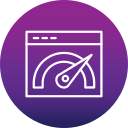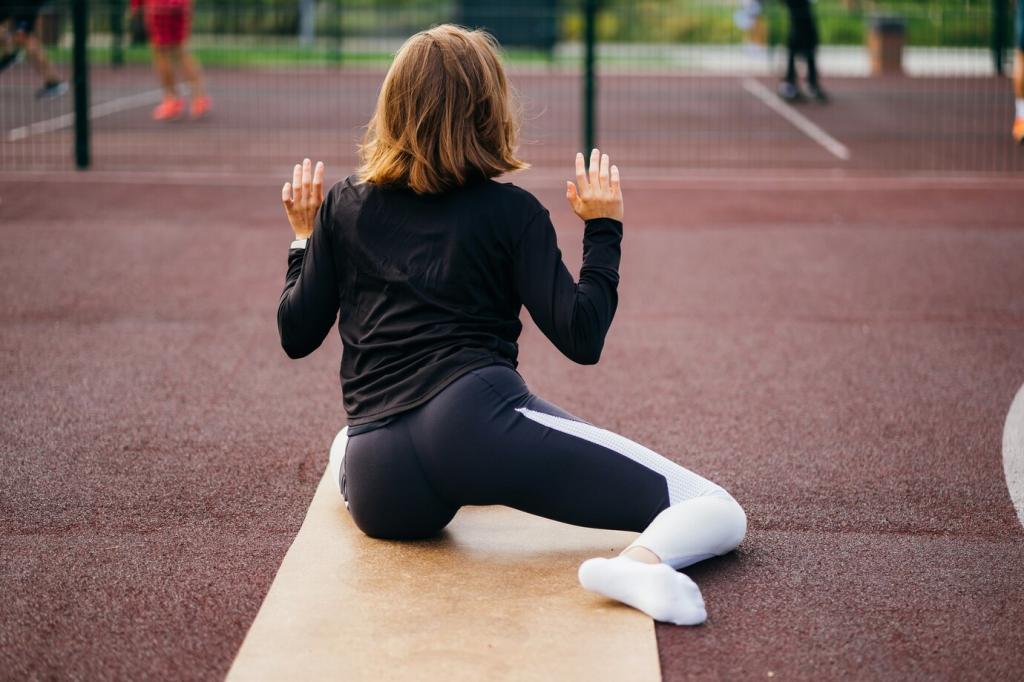Integrating With Coaches, Teams, and Data
Start with three five-minute blocks: Monday pre-lift, Wednesday post-skill, Friday evening wind-down. Add a tiny daily check-in breath as a habit anchor. Tell your coach your plan so drills align. Share your schedule and we will help you customize placements.
Integrating With Coaches, Teams, and Data
Use HRV and resting heart rate to estimate readiness, but keep the primary metric subjective calm and focus. Record a one-sentence mood rating after each session. Post your template, and download our simple tracker to keep the process sustainable.





